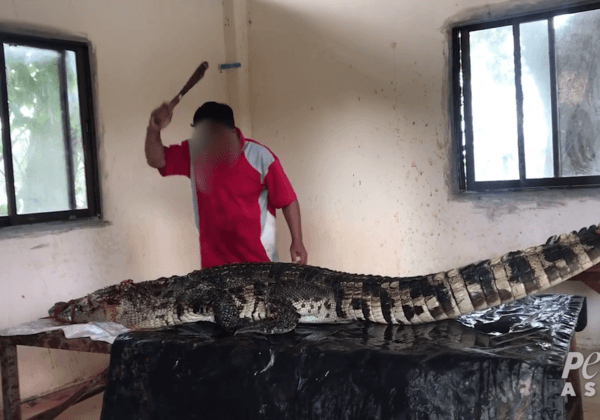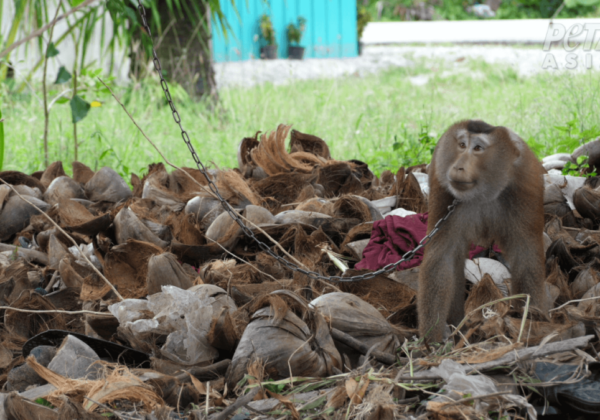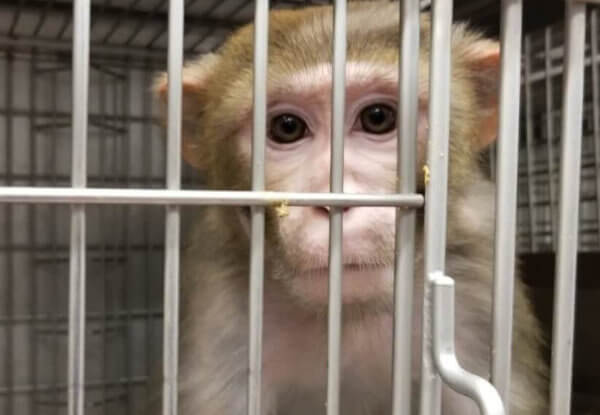The Unfortunate Mr. Rat
It was a sunny Monday morning when we arrived at Intramuros’ Casa Manila—with a mission to document the tourist area’s horse-drawn carriages, or kalesa, as they’re known locally. Little did we expect that after less than half an hour of being there, we’d be confronted with the unfortunate incident of Mr. Rat:
A museum worker appeared from around a corner balancing a piece of cardboard on his left palm like how one would balance a platter of decadent food in a fancy restaurant, except on this “platter” was a young Mr. Rat—stuck on a makeshift glue trap with pieces of fish carcasses that were obviously used as bait. We were absolutely horrified at the sight, and what’s worse is that the very much alive and distressed Mr. Rat (who was still stuck on the glue trap) was immediately dumped into a garbage bin.
With some work, we were able to convince the workers of the museum to give us the rat. To their credit, they cooperated, fishing Mr. Rat out of the deep bin and handing him over to us. Sadly, because of the damage to his skin and internal organs, Mr. Rat had to be taken to a veterinarian and euthanized.
Using glue traps, either makeshift or store-bought, is a very cruel and inhumane method of rodent control. Not only do glue traps subject their victims to a slow, torturous death, the animal also potentially faces days of suffering before he or she suffocates, starves, dehydrates, or goes into shock and then usually dies. Some animals may even chew off their own limbs in an attempt to escape from the glue, especially mothers trying frantically to get back to their babies. Glue traps are completely indiscriminate and can trap any nontarget small animals, such as birds and kittens who are unfortunate enough to wonder upon them.
There are many humane methods of rodent control, and the best one is prevention. Keep the area clean and don’t leave bits of food lying around (which would obviously serve as a major rodent attraction), making the place less inviting to them. Seal any cracks that would otherwise be an entry point. Peppermint oil– or ammonia-soaked rags or cotton balls can be used to repel any rodents. If a rodent is present, use a “catch and release” trap so that you can release the animal outside without harming him or her. But be sure to check this trap every few hours to prevent the animal from dying of starvation or dehydration in the trap.
PETA has since written to Casa Manila urging it to stop using glue traps and start using humane methods of rodent control. We hope that with this incident, Casa Manila will start to realize that this form of rodent control is not acceptable and is extremely cruel—and, most importantly, that it’s time to progress to less primitive and more humane methods that will not harm animals. To do your part to help rats and mice, please never use glue traps in your home, and if you see these cruel devices in your local hardware store, speak to the manager.
Posted by Intern Fern Tan










